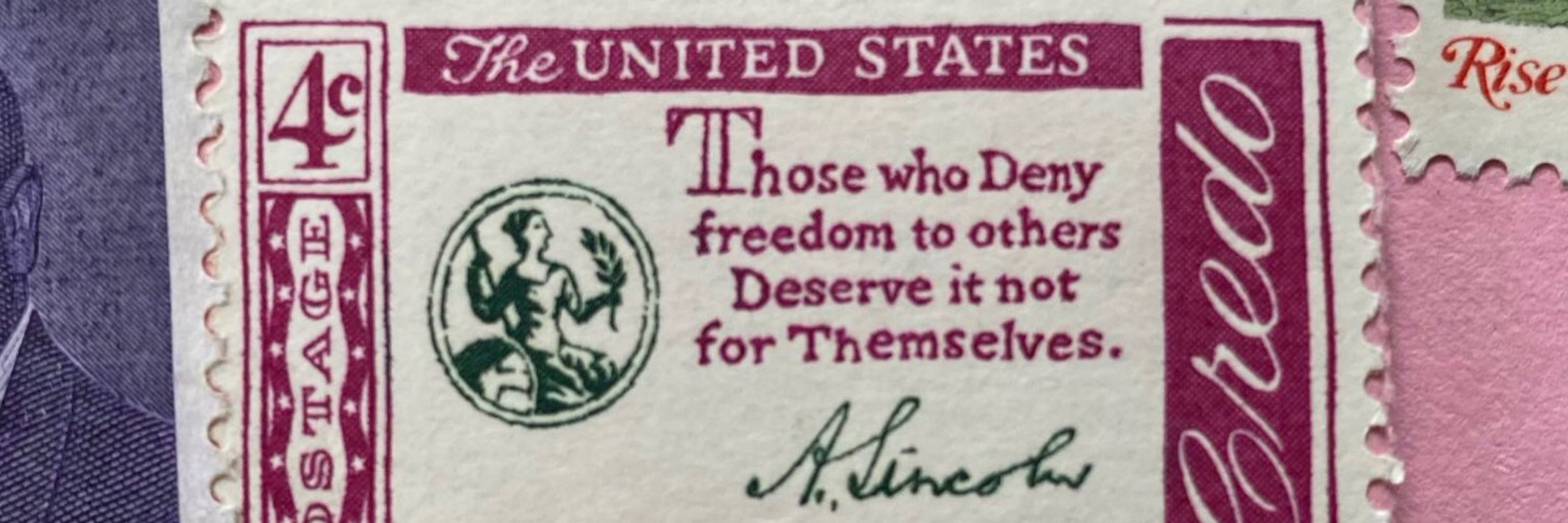Kris Gates
Scientist, atheist, educator. Proud PNW liberal; Oregon.
Striving to be a part of our more perfect union. Lover of birds, cats, bees, baking and preserving. Facts Matter.
#birding Bird photos are my own unless noted otherwise.
Hoping Post News survives!
Striving to be a part of our more perfect union. Lover of birds, cats, bees, baking and preserving. Facts Matter.
#birding Bird photos are my own unless noted otherwise.
Hoping Post News survives!
